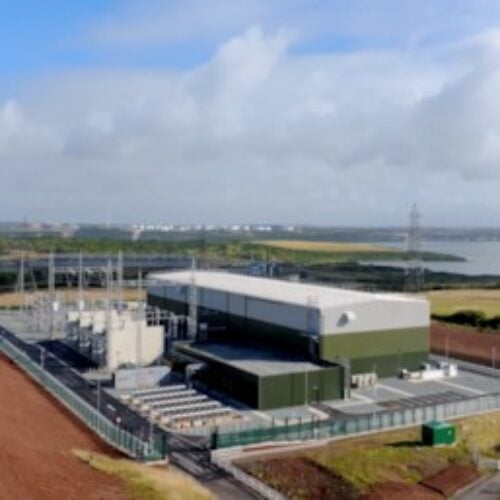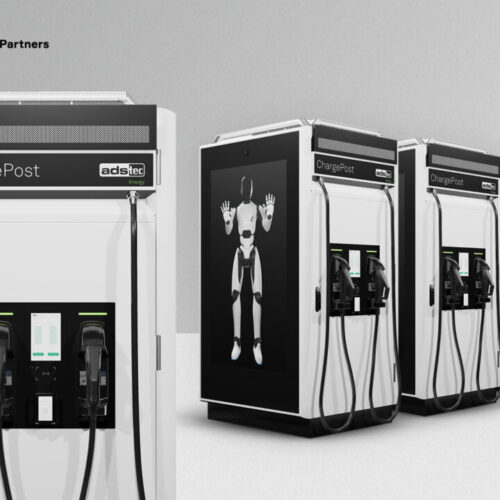A report by trade association Renewable UK has made a case for reforming the planning system and financial support mechanisms to encourage more battery projects to co-locate with offshore wind.
Currently, just 3MW of operational battery storage is co-located with offshore wind in UK waters. Flexibility in the form of battery energy storage and green hydrogen could prevent wind curtailment, which sees the National Energy System Operator (NESO) pay wind plants to turn off their generation when too much electricity is available to the grid.
According to Renewable UK, co-located business models will help use offshore wind generation more efficiently, helping smooth variability and reduce curtailment—this applies to all modes of renewable generation, but offshore wind generation is at particular risk of curtailment losses.
In the report, Offshore wind co-location: integrating offshore wind with flexibility, Scotland is highlighted as an area where this is particularly true: by 2050, offshore wind capacity is expected to range between 81.4GW and 102.6GW, much of which will be located off the coast of Scotland.
However, Scottish electricity demand is only projected to reach 9GW by 2045 and, while the network is being built out to help transport excess generation to higher demand centres in England, storage will be required to prevent excessive curtailment.
A further 600MW of potential battery storage has consent to go ahead, and several offshore wind developers are exploring opportunities for co-location with green hydrogen.
To support co-location of storage and flexibility assets with offshore wind generation, Renewable UK makes several key recommendations to the government, Ofgem, the Crown Estate, Crown Estate Scotland and local planning authorities:
- Reforming Contracts for Difference (CfD) auctions to encourage co-location of energy storage and offshore wind by enabling new metering arrangements and interactions with the Hydrogen Production Business Model, which supports new projects.
- Building a network of pipelines to transport green hydrogen produced using electricity from offshore wind farms from where it’s generated to where it’s needed.
- Reforming the Offshore Transmission (OFTO) regime, which prevents owners of offshore transmission from participating in the emerging market for co-location, due to ownership boundaries, divestment process and apportioning of costs, Transmission Network Use of System (TNUoS) cost allocation and licencing.
- Improving the efficiency of the planning system by enabling developers to seek consent for offshore wind and energy storage projects simultaneously rather than separately.
The author of the report, Renewable UK’s senior policy analyst Yonna Vitanova, said: “The UK has a great opportunity to build a more resilient energy system by integrating batteries and green hydrogen projects into offshore wind infrastructure, either at sea or near substations onshore.
“This report provide a blueprint for Government to address the challenges renewable energy developers face when considering co-location as part of their business plans. With clearer rules and regulations in place, the UK can unleash the benefits co-location can provide to the system and ultimately to billpayers”.
Notable projects of this type include Ørsted’s Boudica project, a 300MW/600MWh battery energy storage system (BESS) developed by Ørsted co-located with its Hornsea 3 Offshore Wind Farm onshore substation. It is a novel project in that the storage system will be co-located with an onshore substation, sharing a connection with an offshore wind power plant.
The Boudica project was the result of three years’ collaboration between Ørsted, NESO and National Grid Electricity Transmission (NGET); Renewable UK’s suggested changes could have speeded this process.






